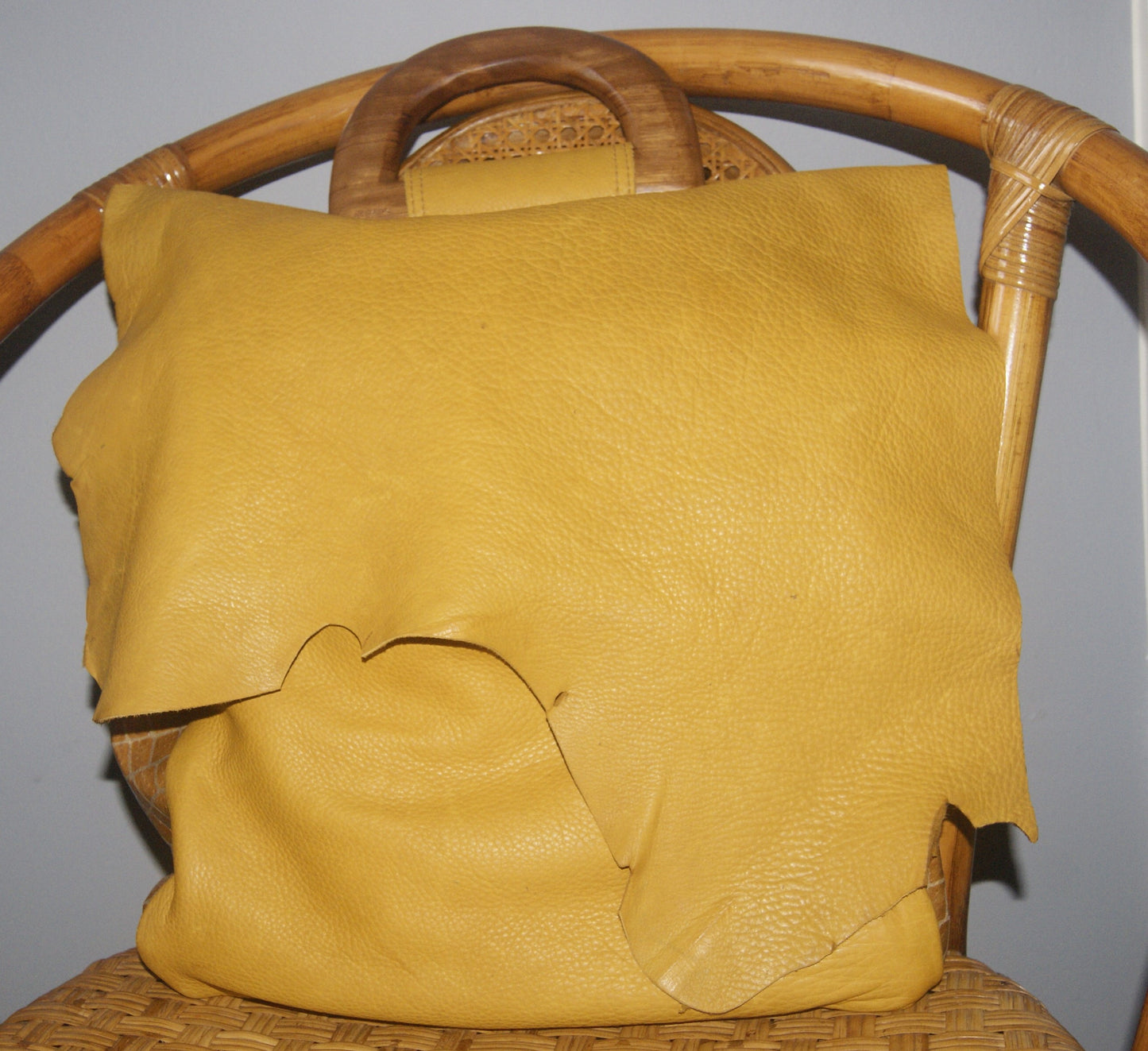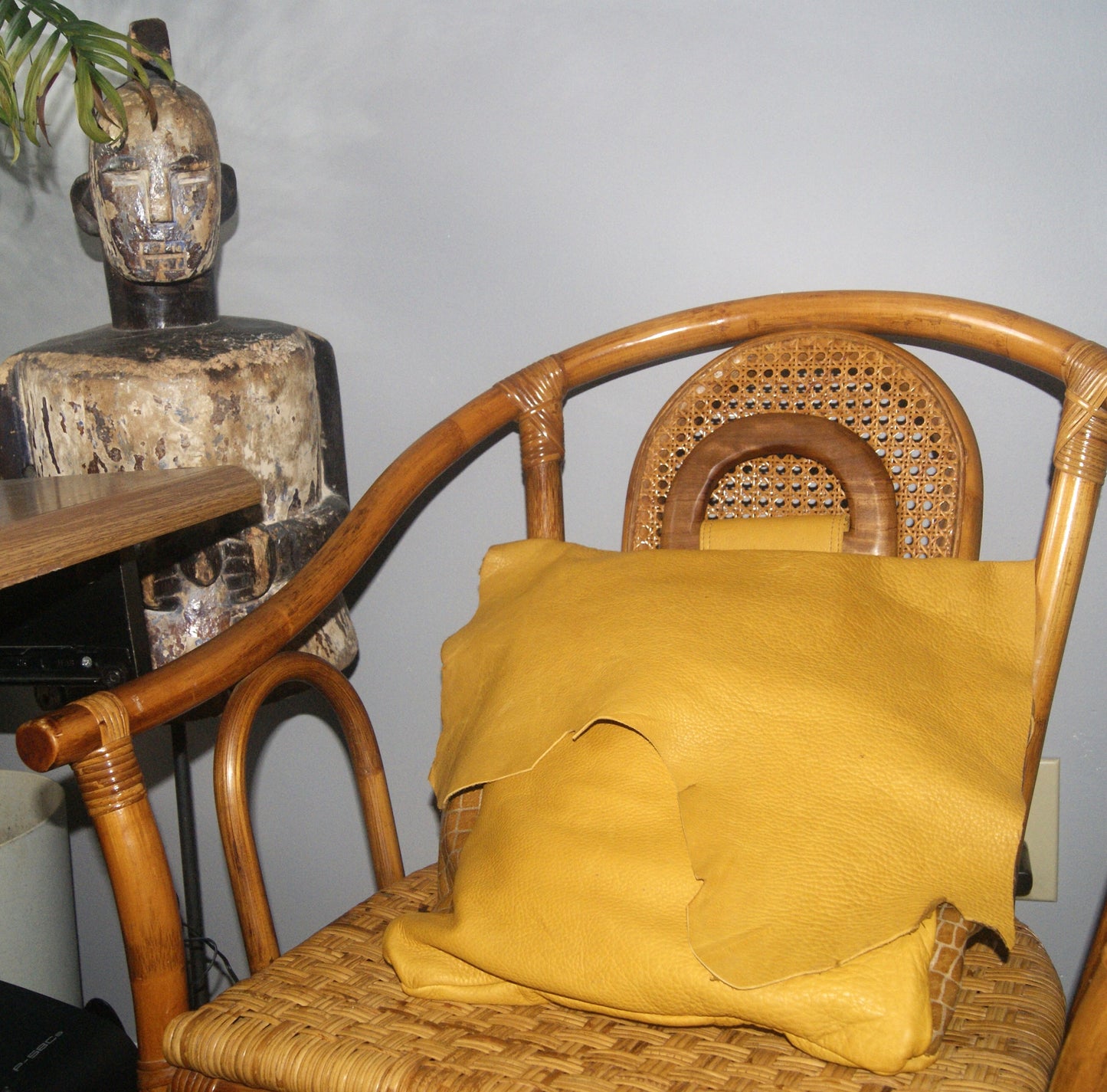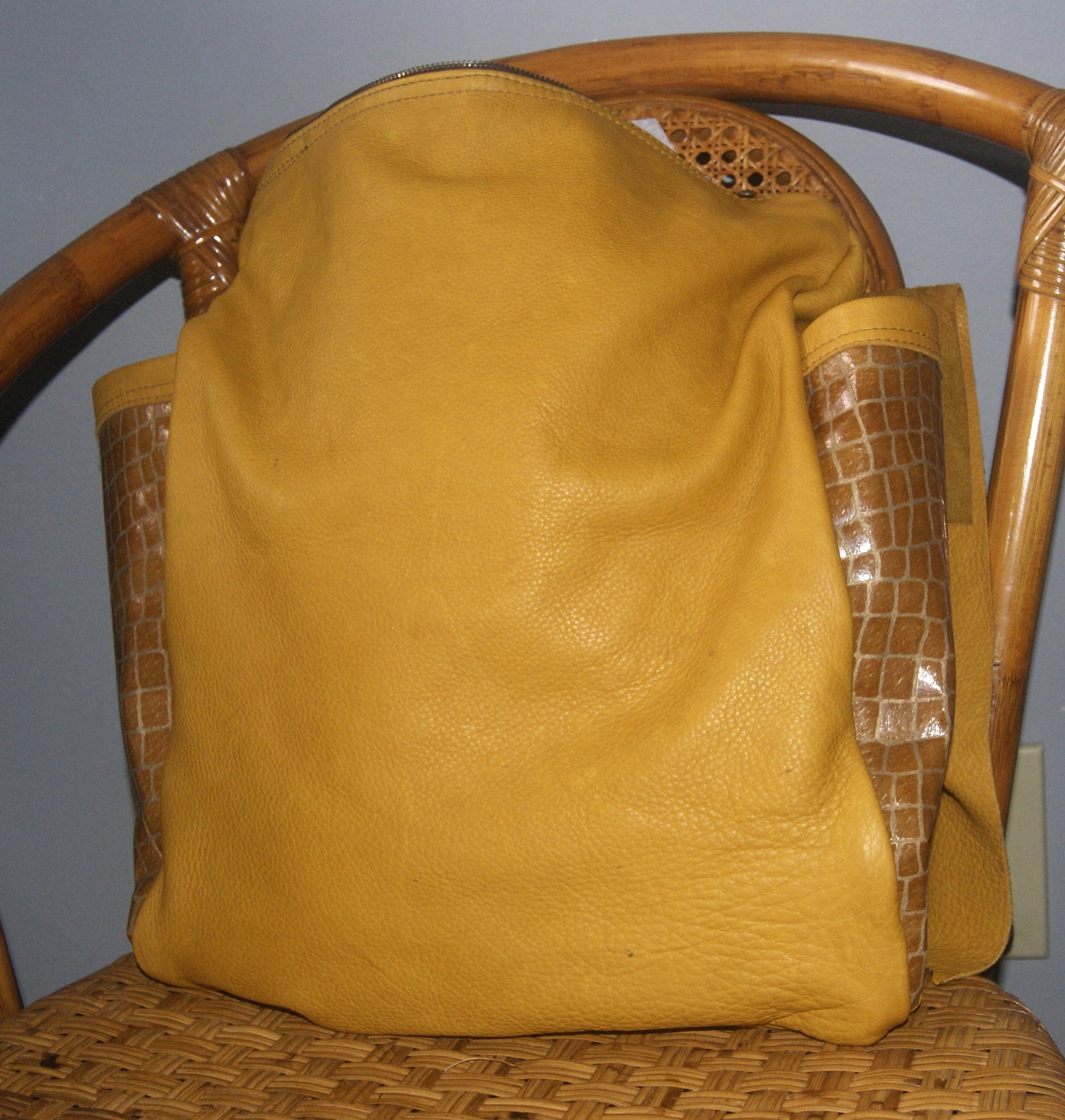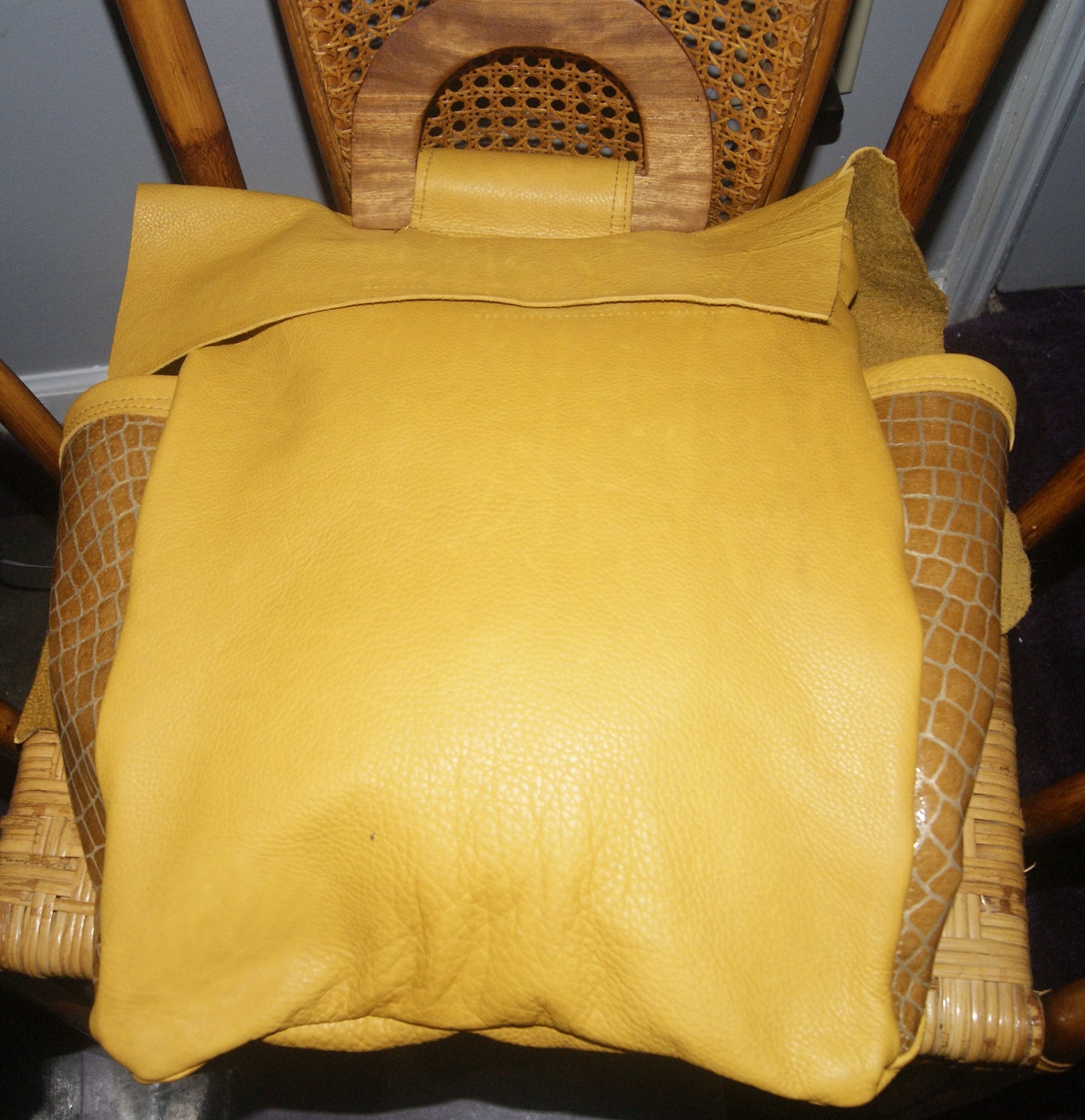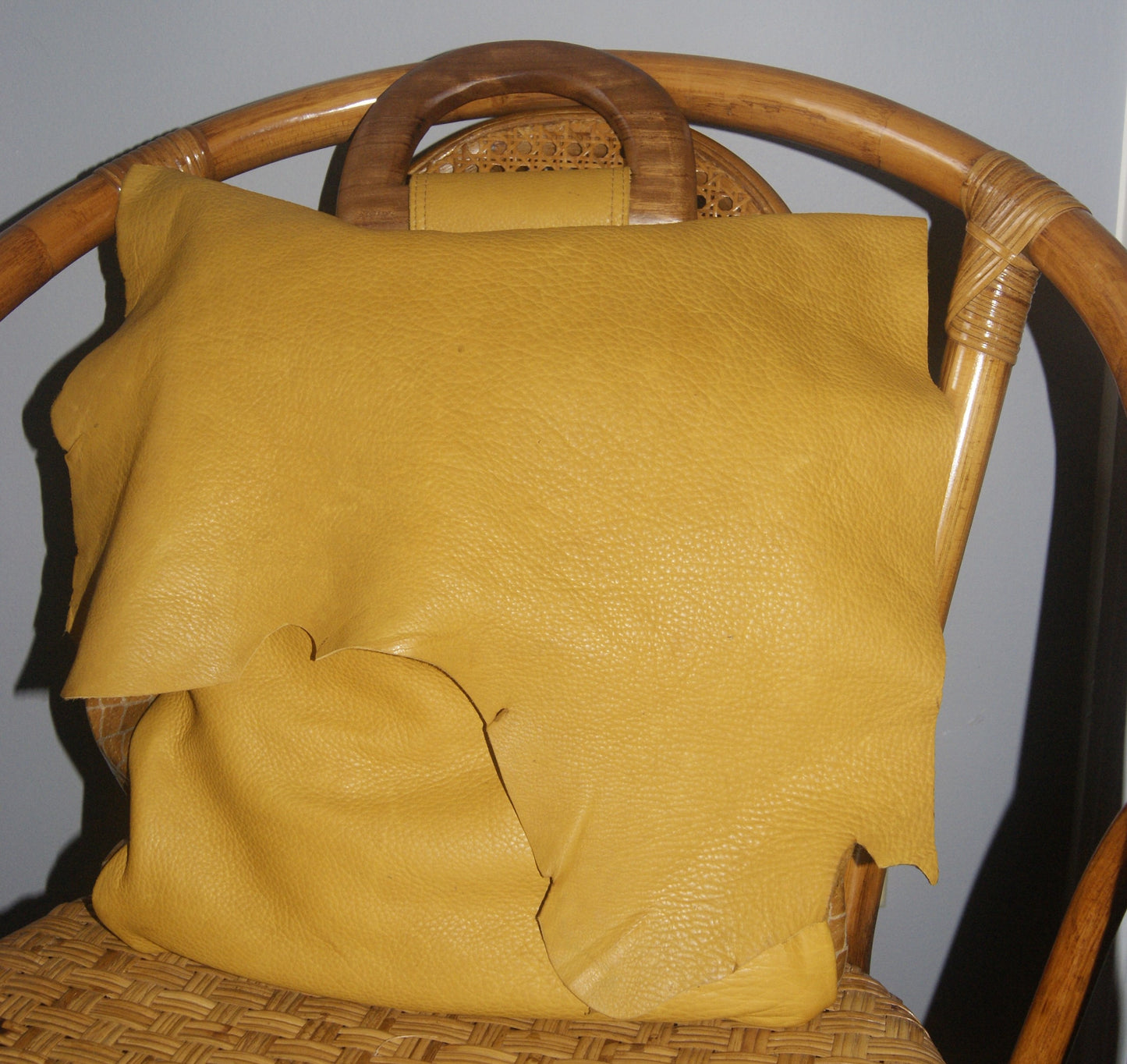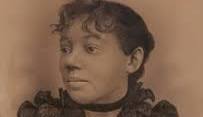Elizabeth Carter Brooks -handbag
Elizabeth Carter Brooks -handbag
Couldn't load pickup availability
This attractive gold soft & stylish leather handbag is a keeper. Measuring 17" X 18" fully lined with two interior pockets (patch pocket & zipper pocket). The zippered closure is covered with a flap over and two side pockets in a tobacco check (leather) trimmed in gold leather. Remember it's one of a kind and just your size.
Elizabeth Carter Brooks (1867–1951), was an American educator, social activist and architect. She was passionate about helping other African Americans achieve personal success and was one of the first to recognize the importance of preserving historical buildings in the United States. Brooks was "one of the few Black women of the era who could be considered both architect and patron."
Brooks attended New Bedford High School, and then went on to the Swain Free School, which provided students with a strong foundation in design and architecture skills. Brooks began teaching in the early 1890s at Howard Colored Orphan Asylum in Brooklyn, which was founded and run by African Americans.
In 1895, she started working with the National Association of Colored Women's Clubs (NACWC). 1912. Brooks also joined the National Association for the Advancement of Colored People (NAACP) shortly after it was founded and later created her own NAACP chapter in New Bedford.
In 1897, Brooks helped open the New Bedford Home for the Aged, which at first had several temporary locations. Brooks eventually designed the Colonial style permanent home for its final location at 396 Middle Street. The building itself is still standing in New Bedford .
In 1918, she was recruited by the War Council of the National board of the YWCA to supervise and oversee the building of the Phillis Wheatley YWCA in Washington, D.C
In 1939, she began her work on preserving Black heritage. Brooks felt that "monuments to 'race history' were an important part of the African American landscape and deserved to be preserved.She bought the home of William H. Carney and turned the home into a memorial.
After her death in 1951, the city of New Bedford honored her by naming a school after her in 1957.
Materials
Materials
Shipping & Returns
Shipping & Returns
Dimensions
Dimensions
Care Instructions
Care Instructions
clean and use leather conditioner .
